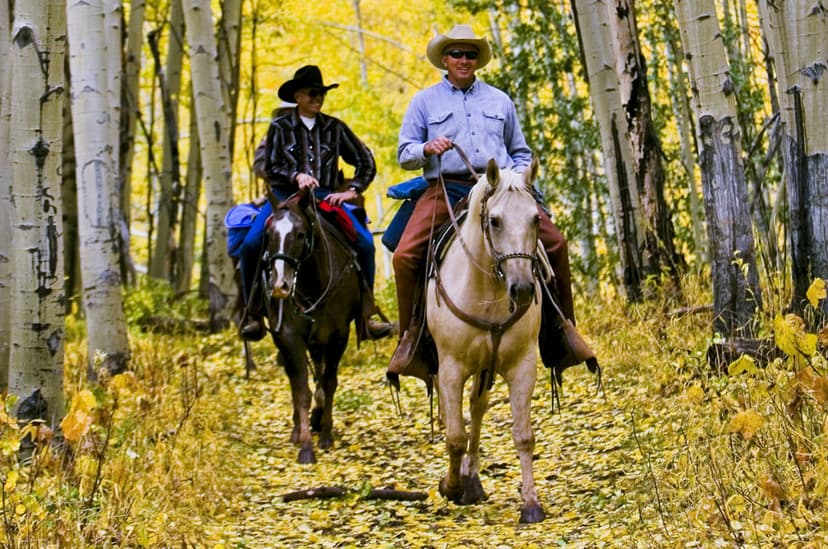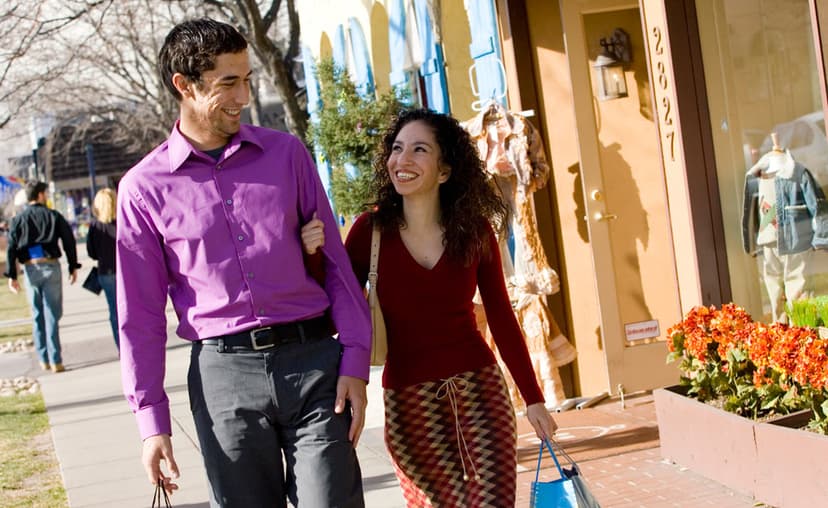Want even more history? Take a Colorado train trip through the state's past.
Bent’s Old Fort National Historic Site, La Junta
If you're traveling on the Santa Fe Trail National Scenic and Historic Byway, don't miss one of Colorado's must-see attractions: a stop at Bent's Old Fort National Historic Site near La Junta. Built in 1833 by William and Charles Bent and their partner, Ceran St. Vrain, the original trading post was a conduit of commerce for people living on the plains of the region. It had enough sleeping rooms to house up to 200 people, and it quickly became a center for cultural interaction between American settlers, Mexicans and Native Americans. In fact, the Bent brothers made great strides to maintain good relations with the Arapaho, Kiowa and Cheyenne Indians who hunted on the land around the fort.
In 1835, William Bent married Mis-stan-sta or Owl Woman, the daughter of White Thunder, a holy man among the Cheyenne people. Their marriage helped bridge the two cultures and maintain peace between them.
Today, you can stroll among the extensive network of rooms and corridors and visualize what life was like in an old trading post. The fort was reconstructed in 1976 and is made of adobe, an efficient building material used in the dry climates of the West. Employees at the fort dress in period clothing and encourage you to ask any questions you might have about the area's past.
Note: Check hours of operation before heading here; the fort is sometimes closed seasonally.
Fort Uncompahgre, Delta
Watch Ute Indian dancers clad in buckskin and other traditional garb engage in traditional dances in Delta. Every summer, Fort Uncompahgre — a military fort turned living museum — hosts Thunder Mountain Lives Tonight. In addition to the dances, interpreters are on hand to demonstrate and explain the how and why of pioneer fur trapping, hide tanning and even arrowhead making. Throughout the rest of the year, visitors are encouraged to take a self-guided tour to learn about fort life and the lucrative and dangerous business of fur trapping. Before its life as an interpretive museum, Fort Uncompahgre stood as a staging point for United States soldiers who stood against American Indian attacks on white fur trappers in western Colorado.
El Pueblo Fort, Pueblo
See the lives and livelihoods of the white settlers and American Indians of the area chronicled at the El Pueblo History Museum in Pueblo. Once a fort, a great amount of goods came through El Pueblo’s doors in the mid to late 1800s. It served as a sanctuary for a number of well-to-do traders who built their incomes by trading with the Ute and Apache Indians in the area. The demise of the fort came at the hands of the same tribes with which they traded. Angered over the rampant spread of disease and encroachment on their land, a band of Ute and Apache warriors stormed the fort and captured or killed many of its inhabitants. The fort was abandoned shortly thereafter and, years later, other settlers built over it. Now, thanks largely to the efforts of a local historian, parts of the old fort have been reclaimed from the earth, and a history museum sits near the fort’s original site, featuring painstakingly replicated sections of the original fort.






